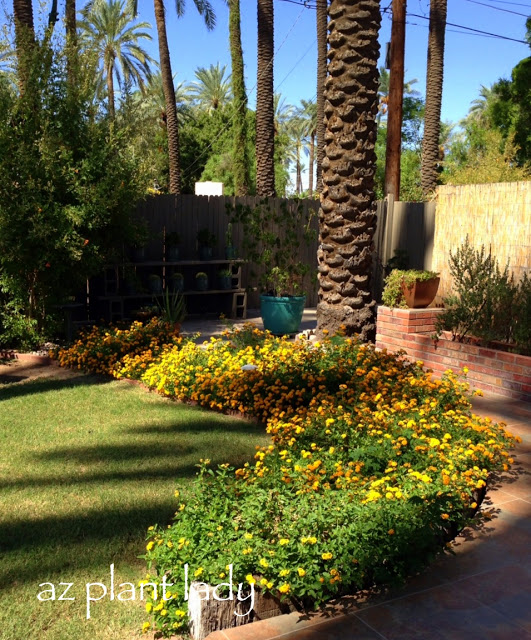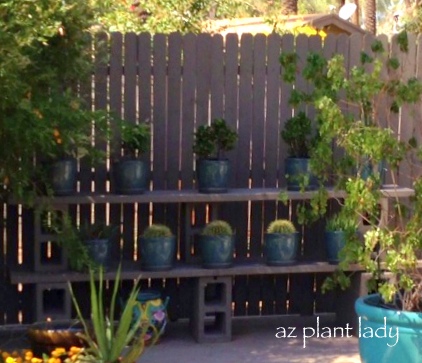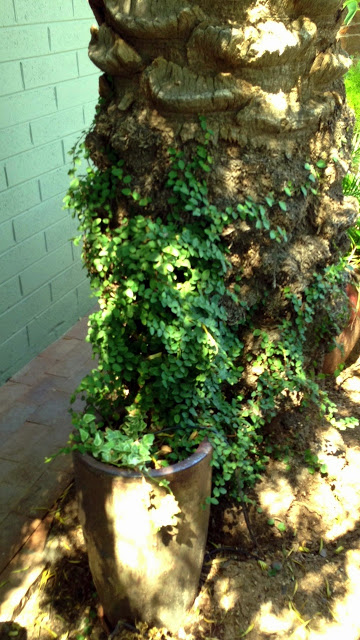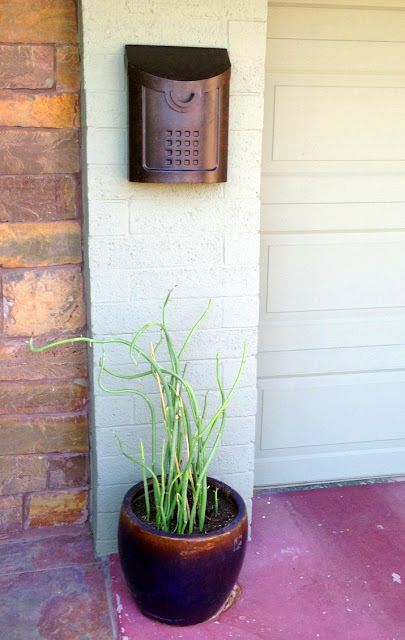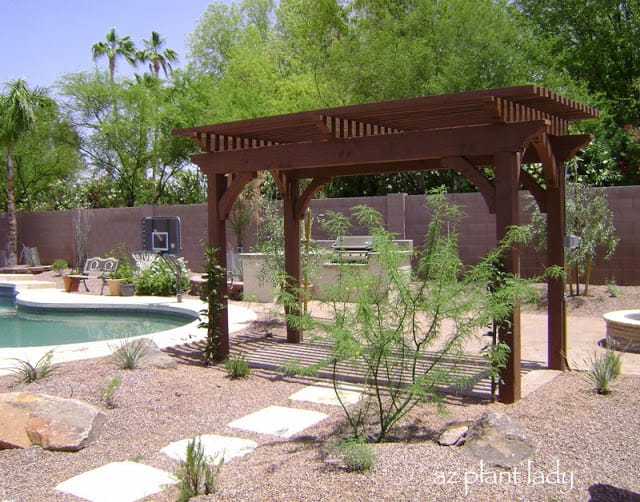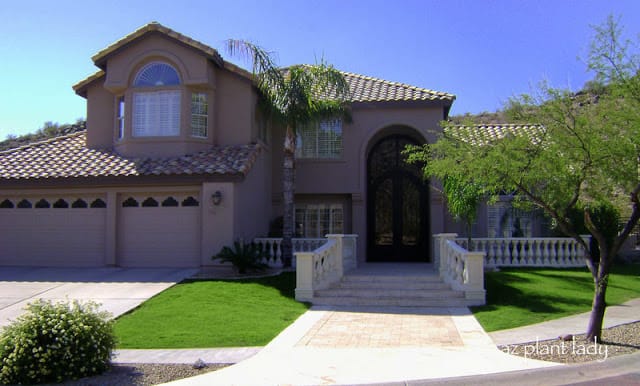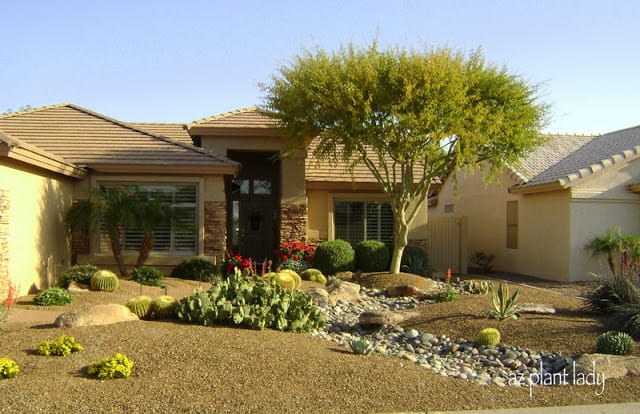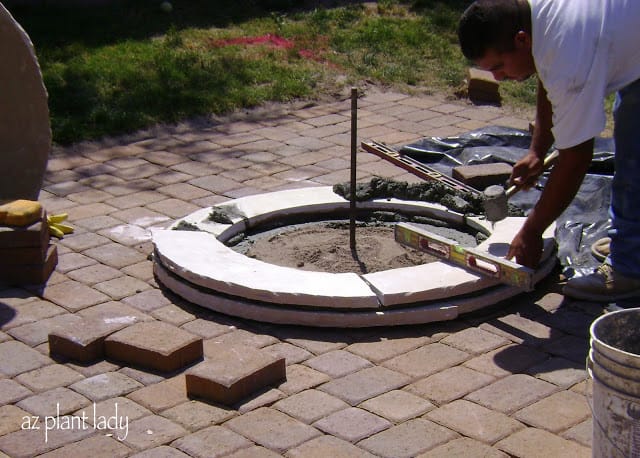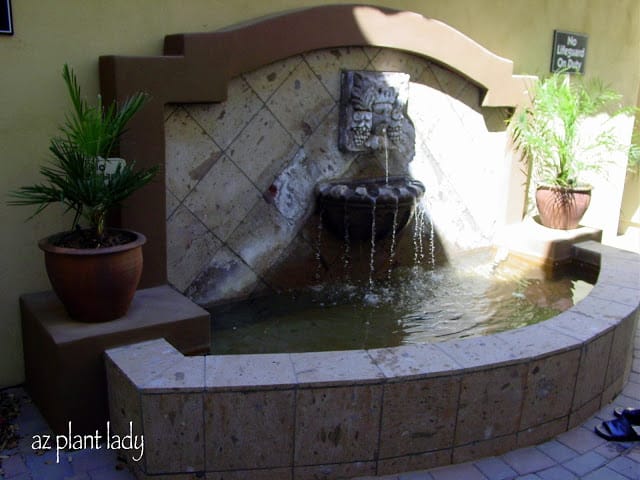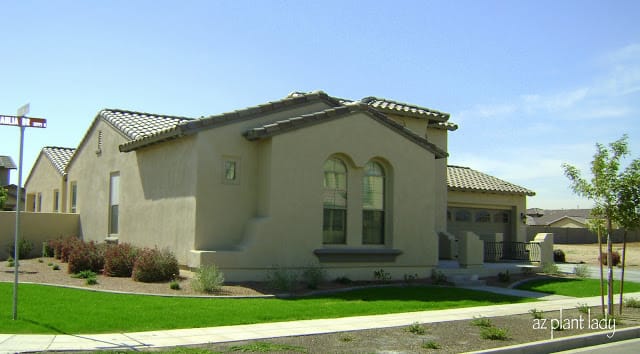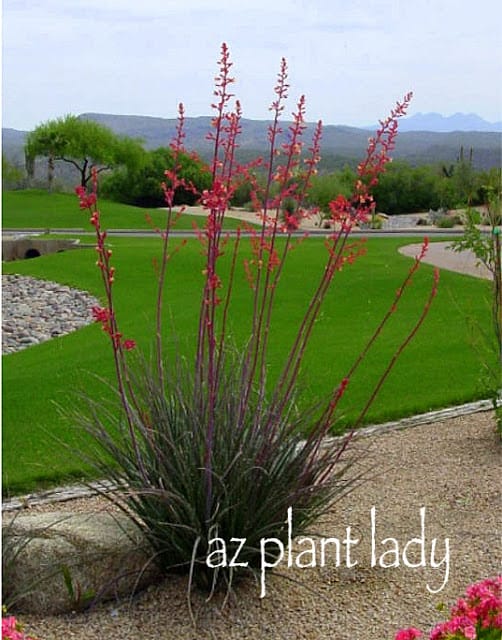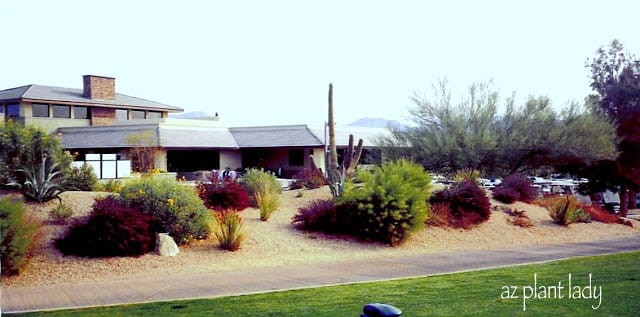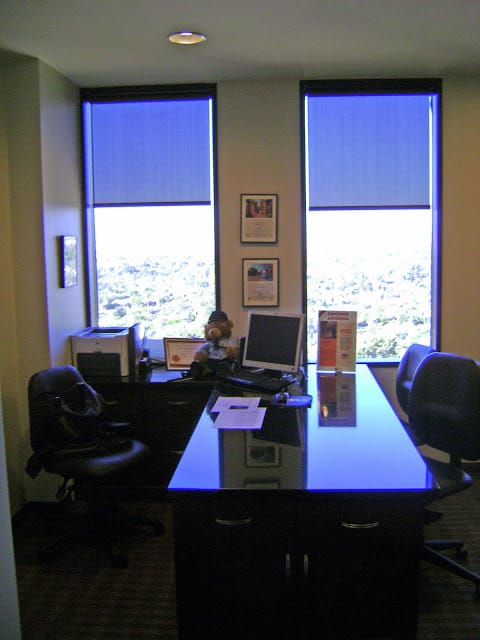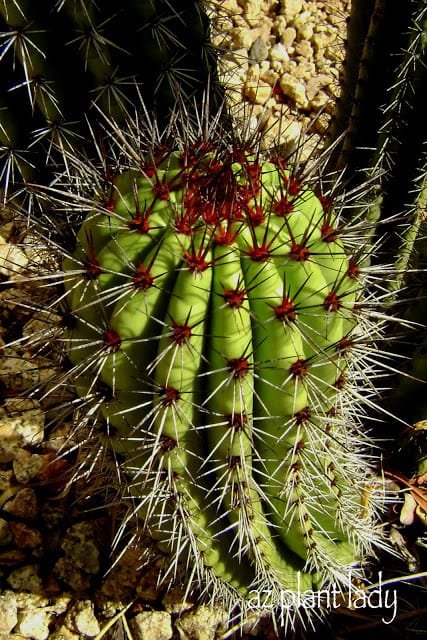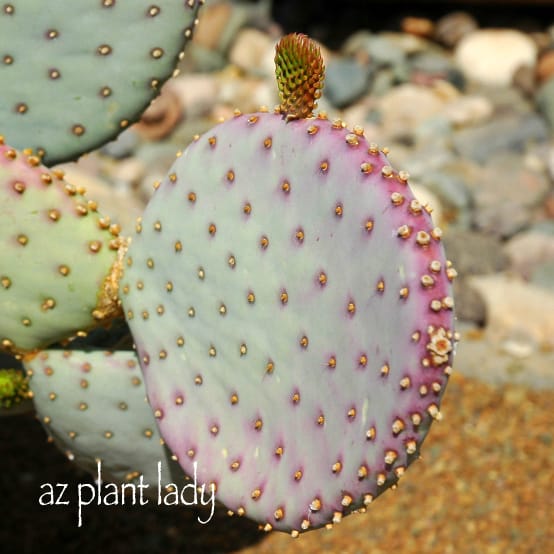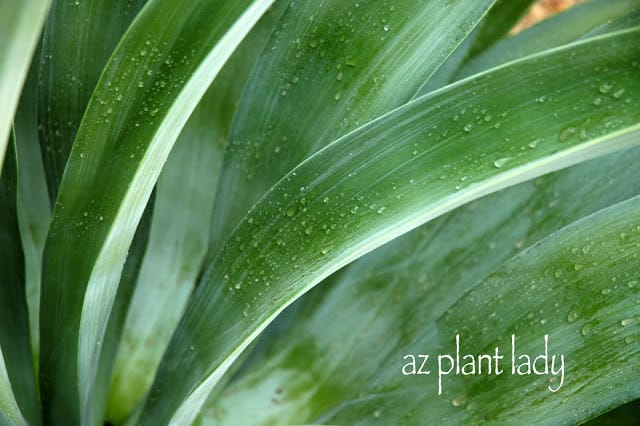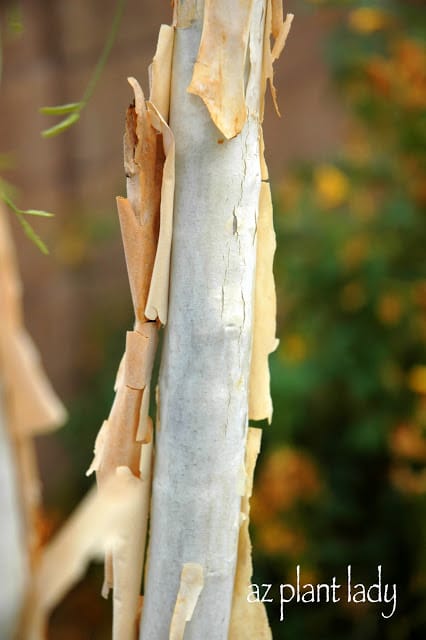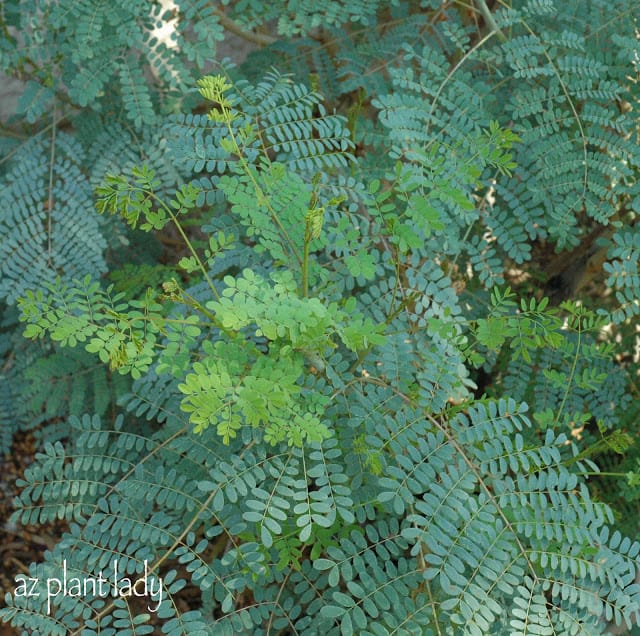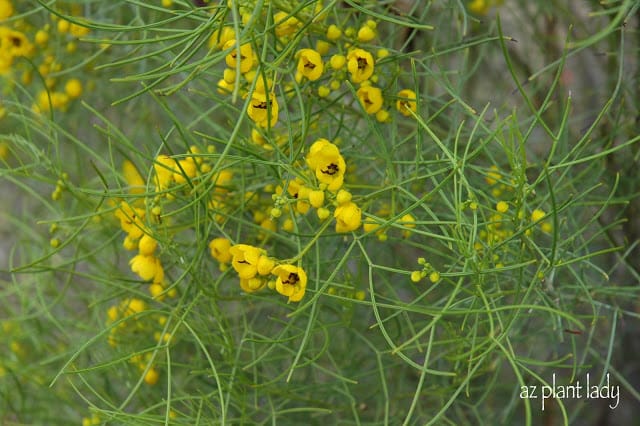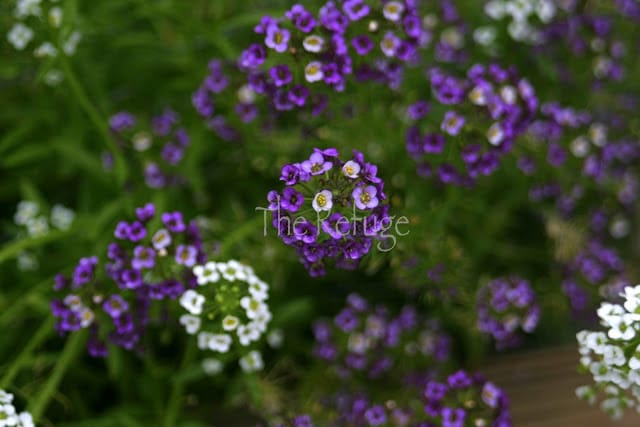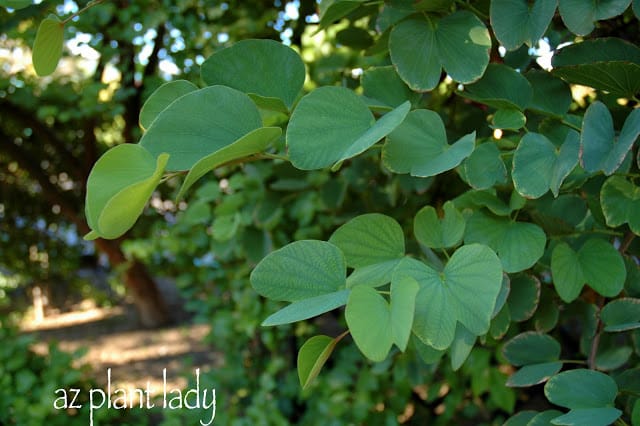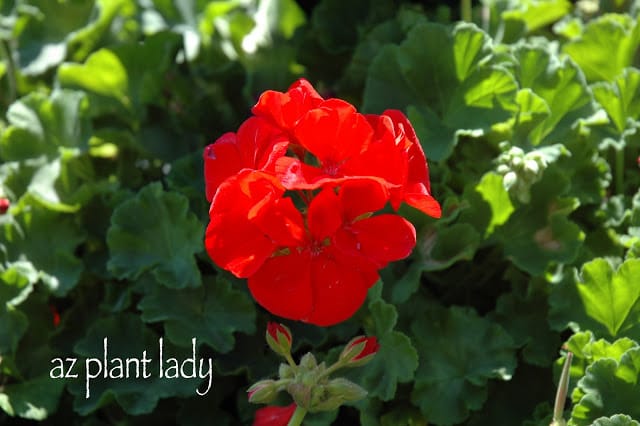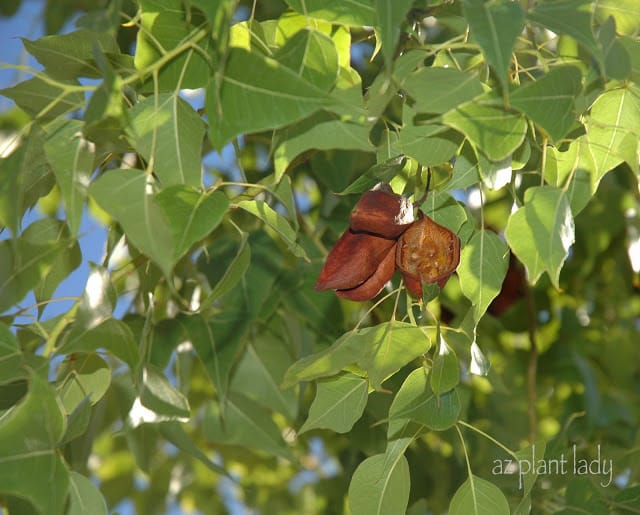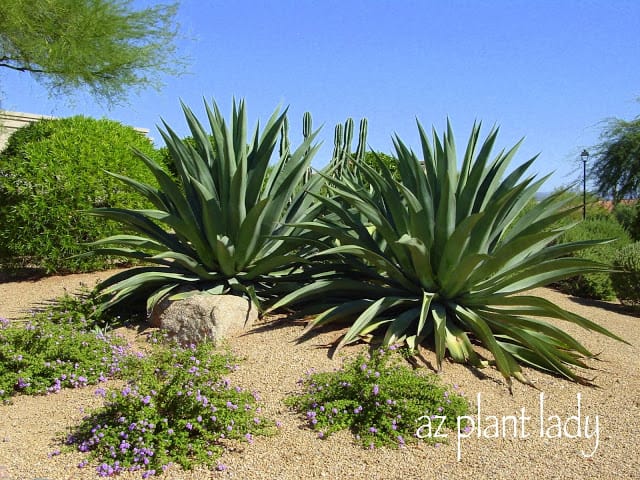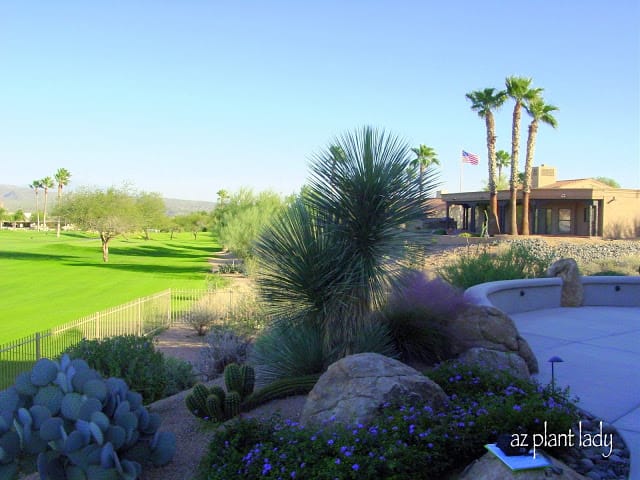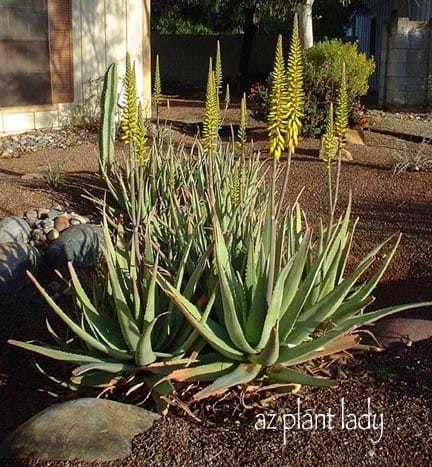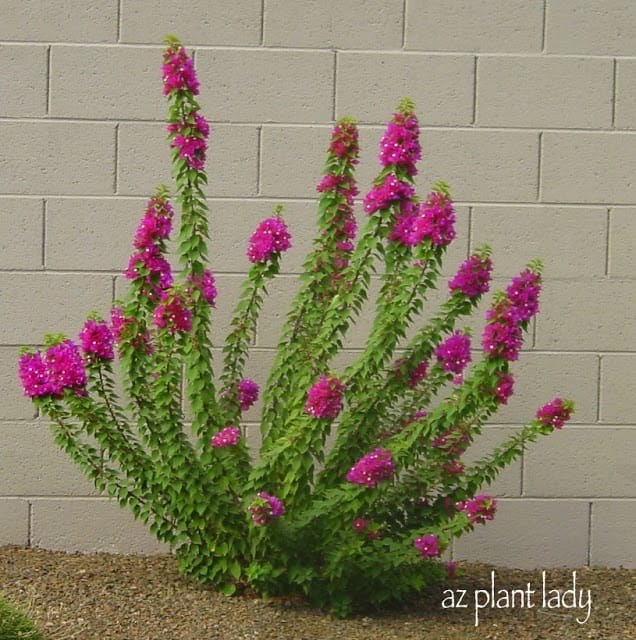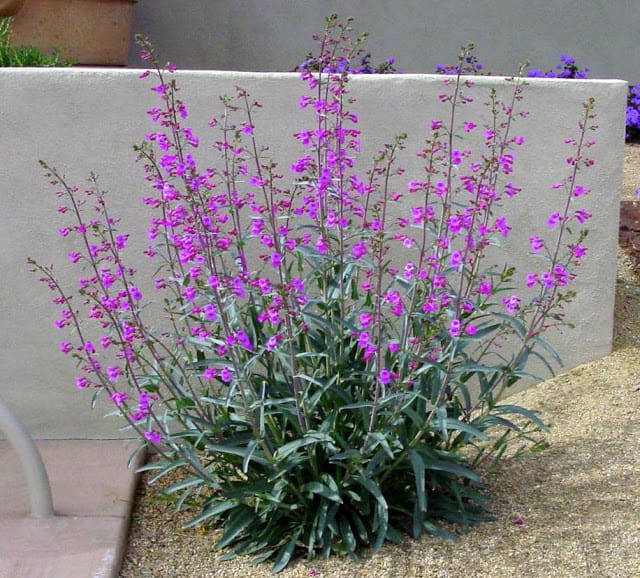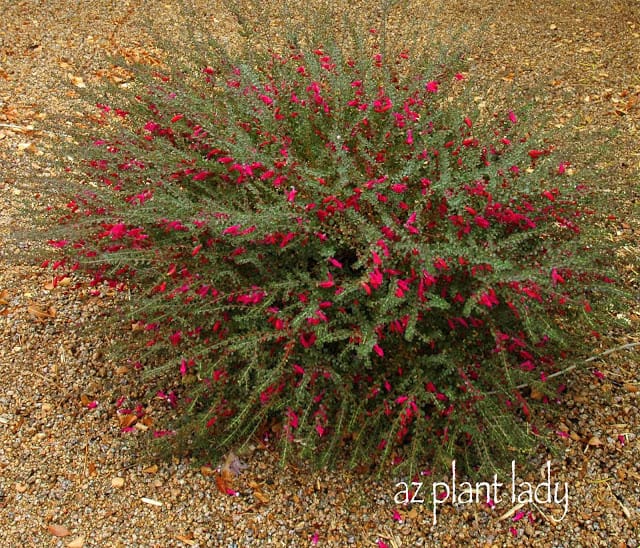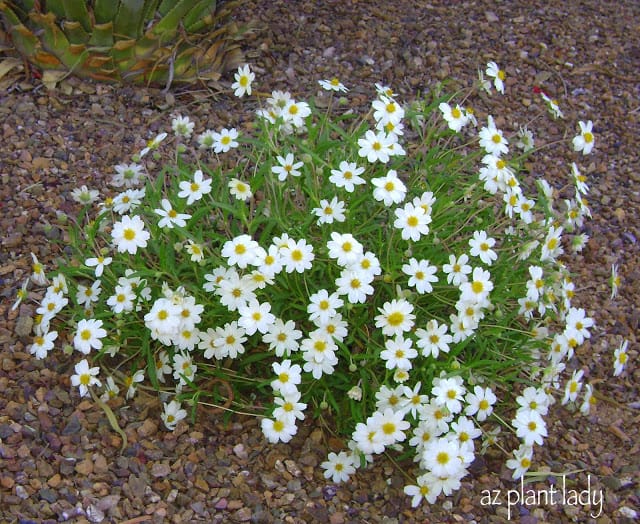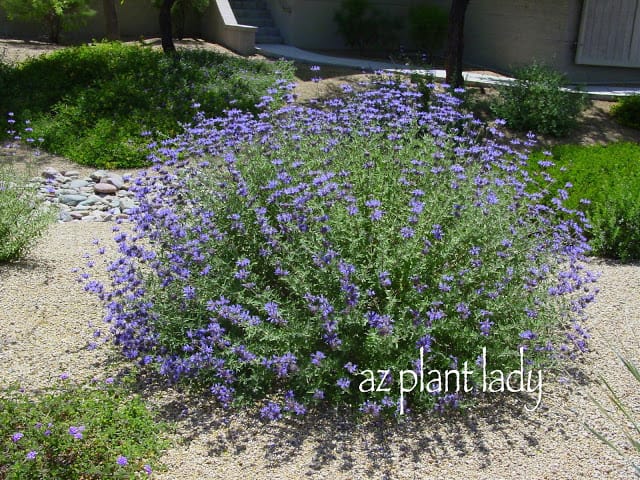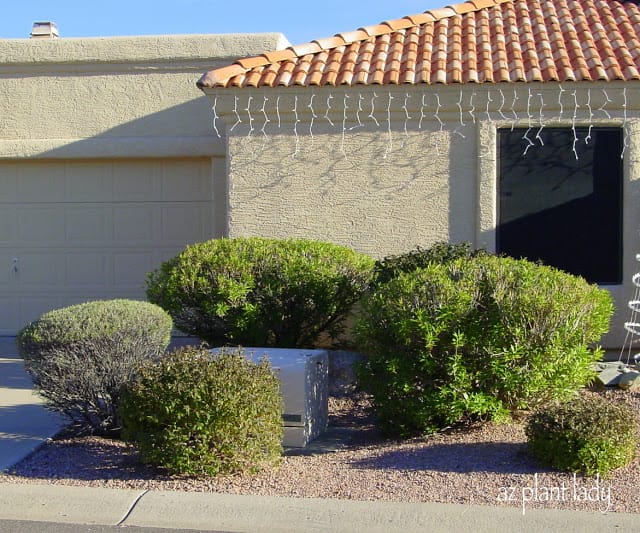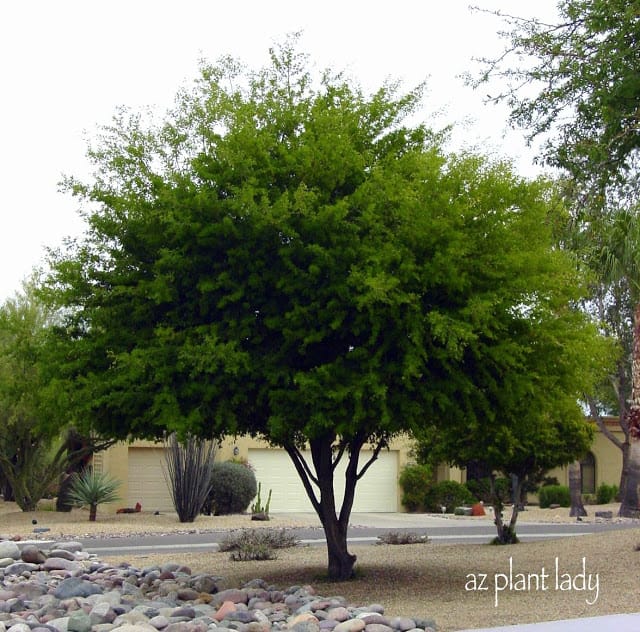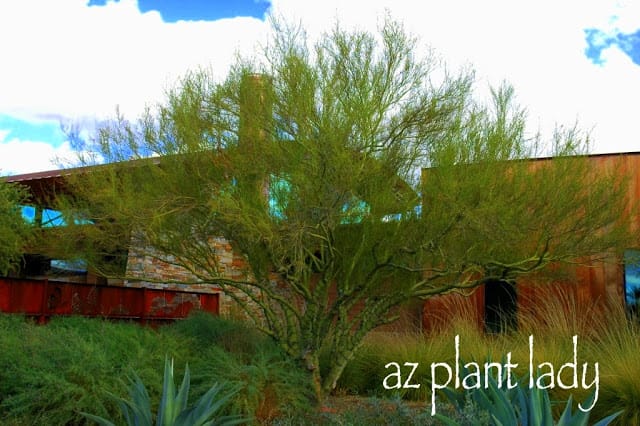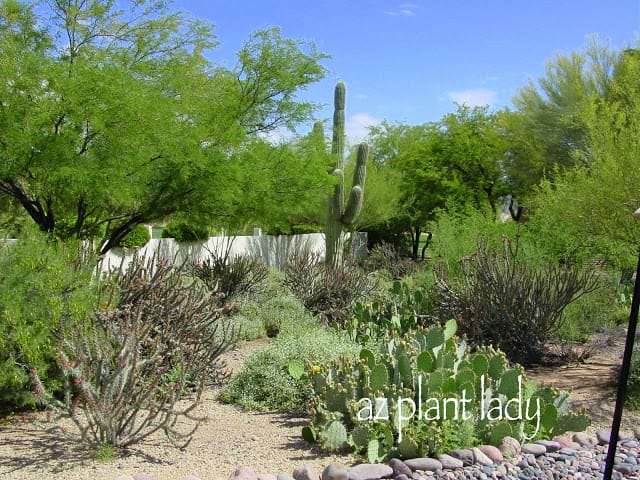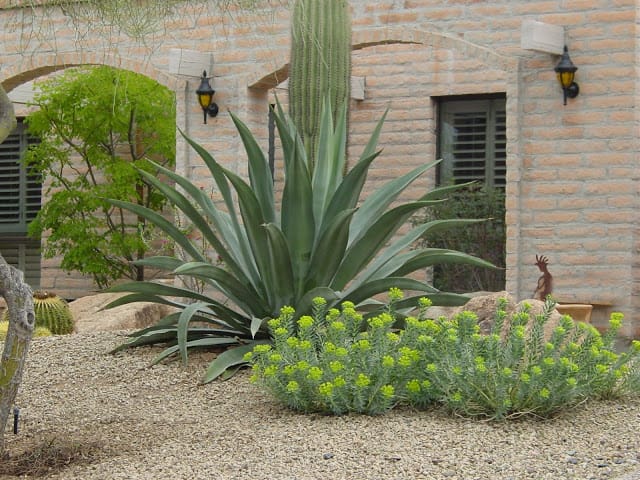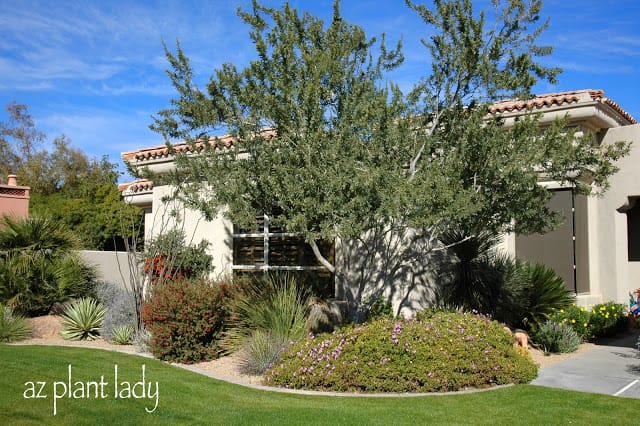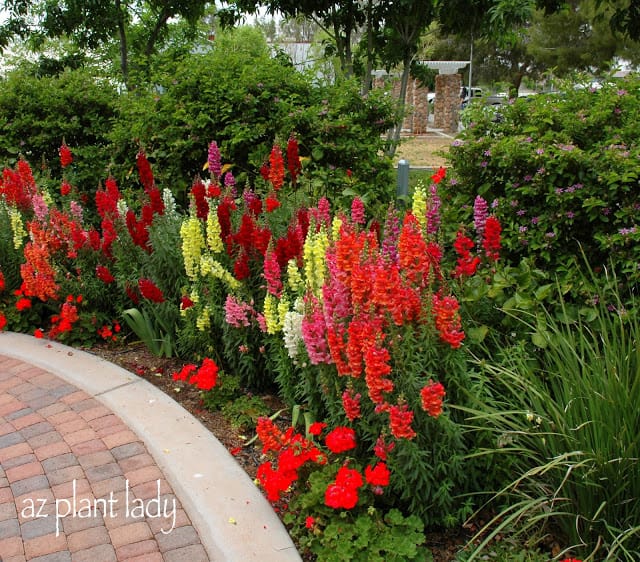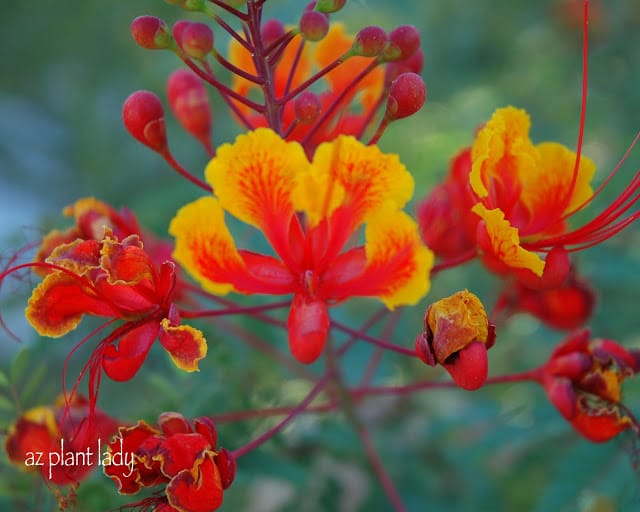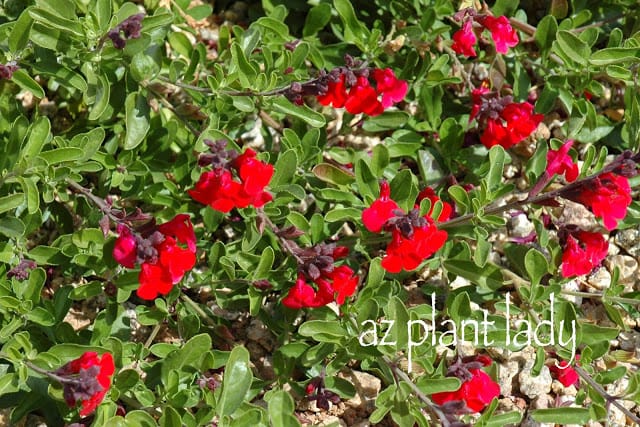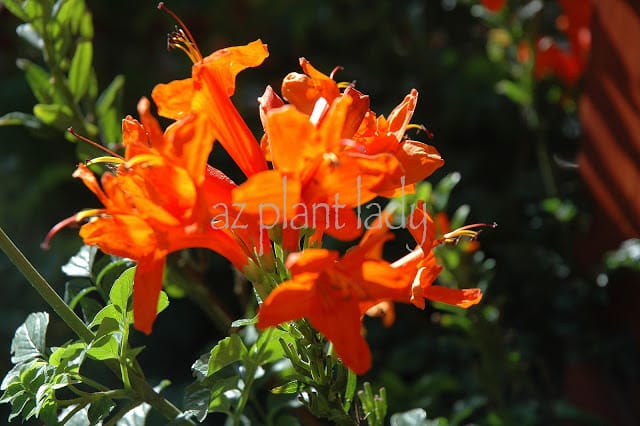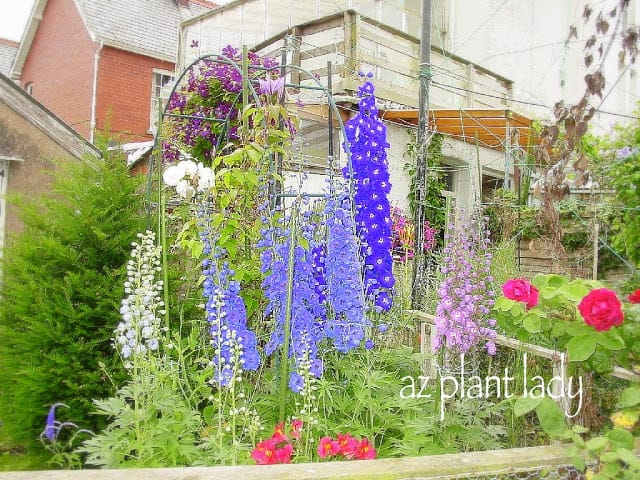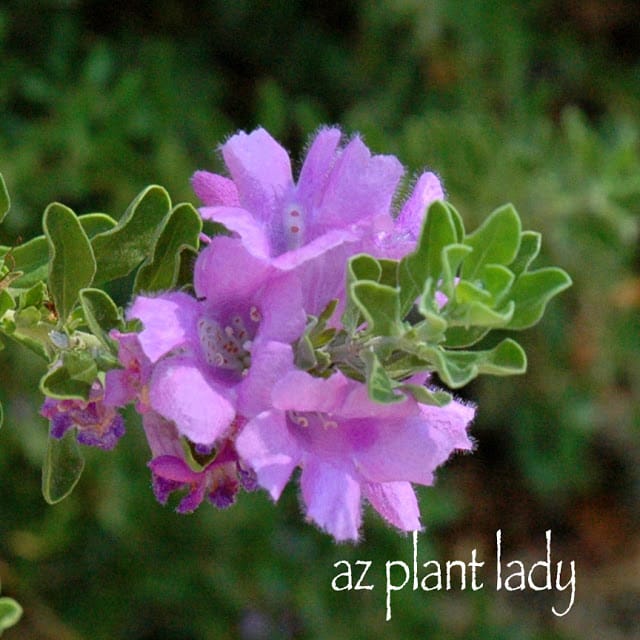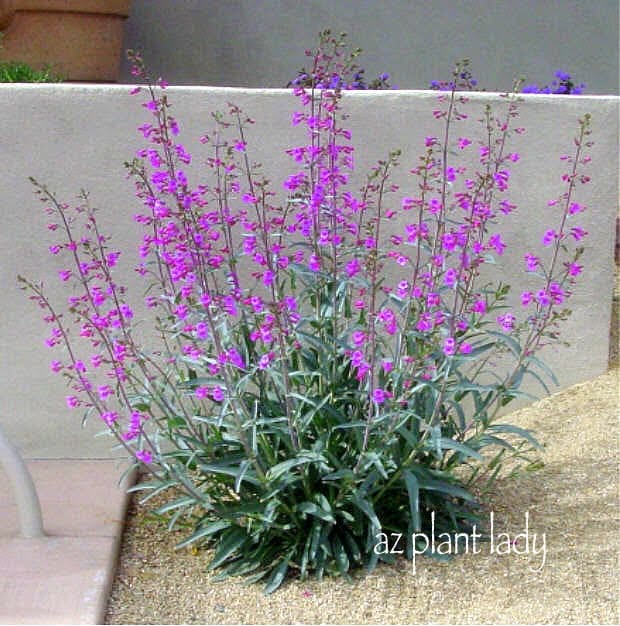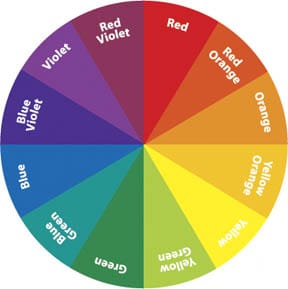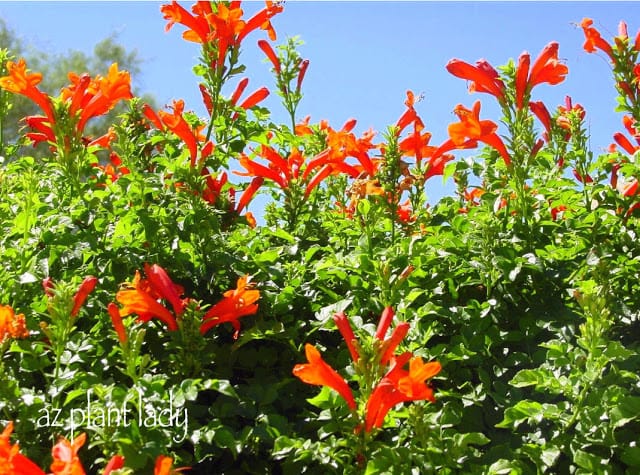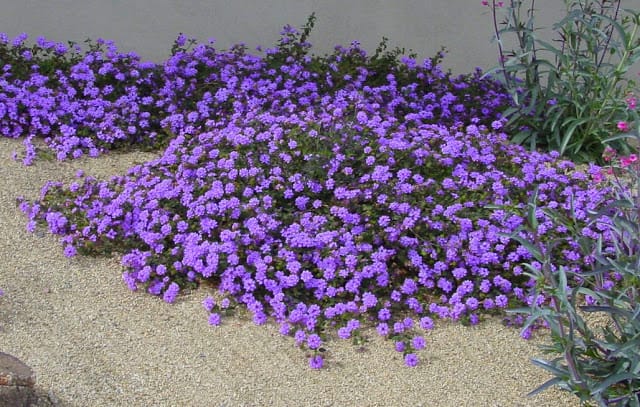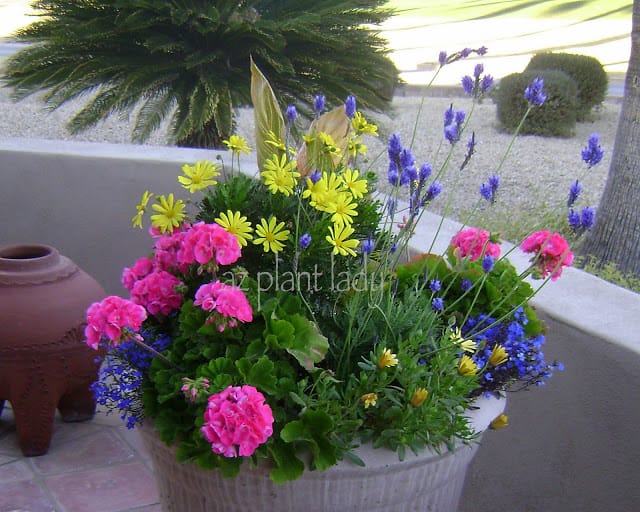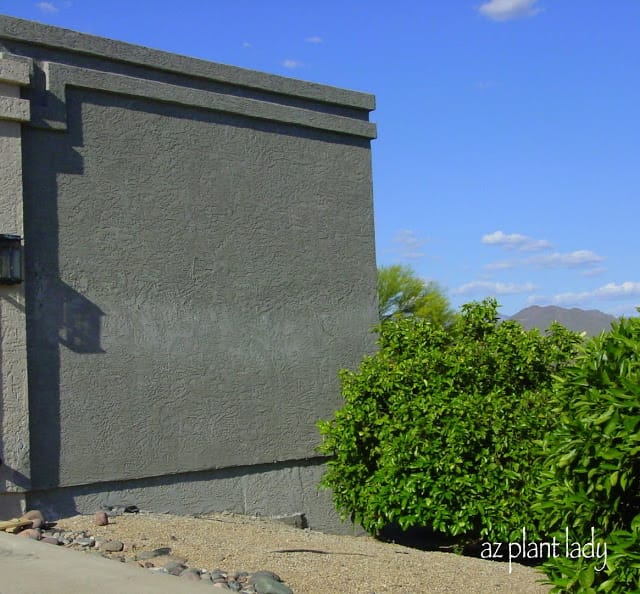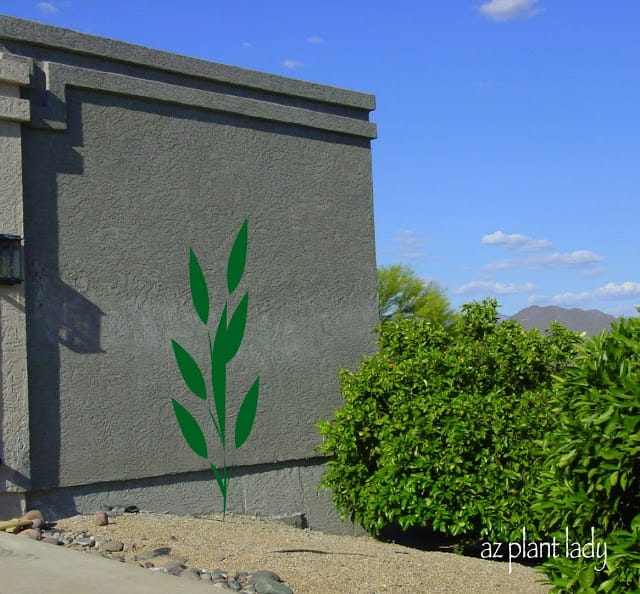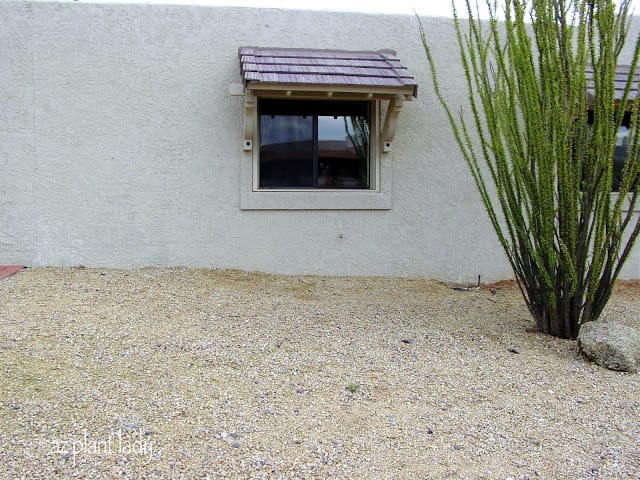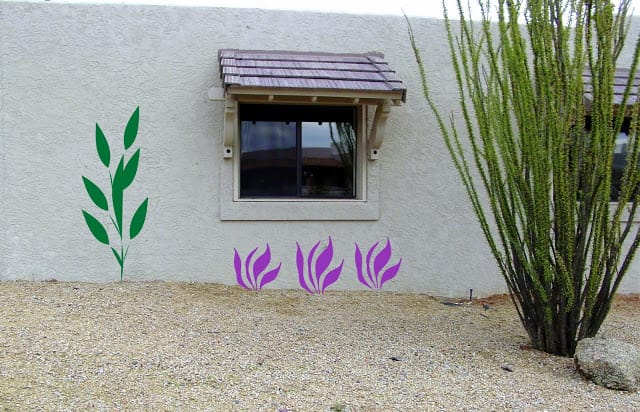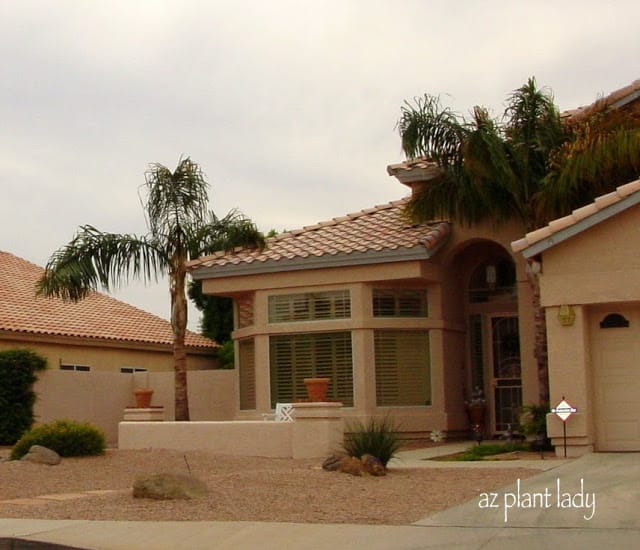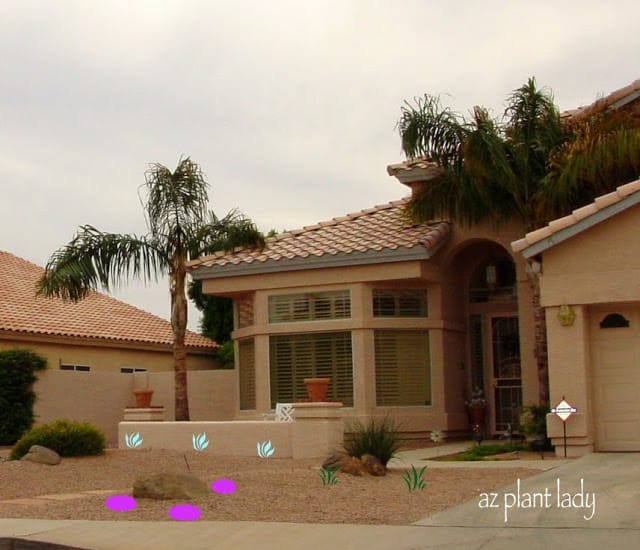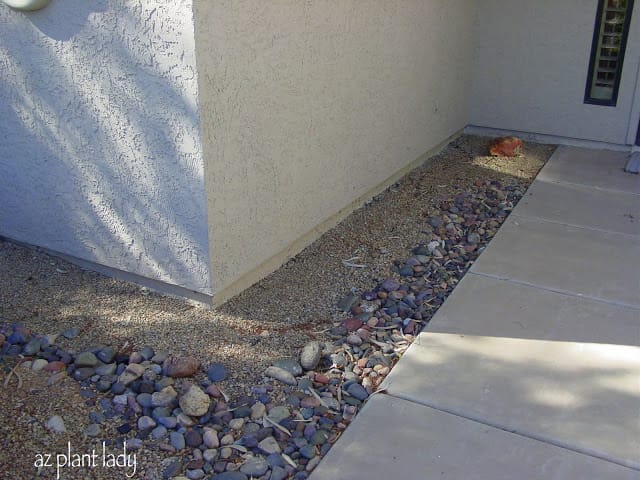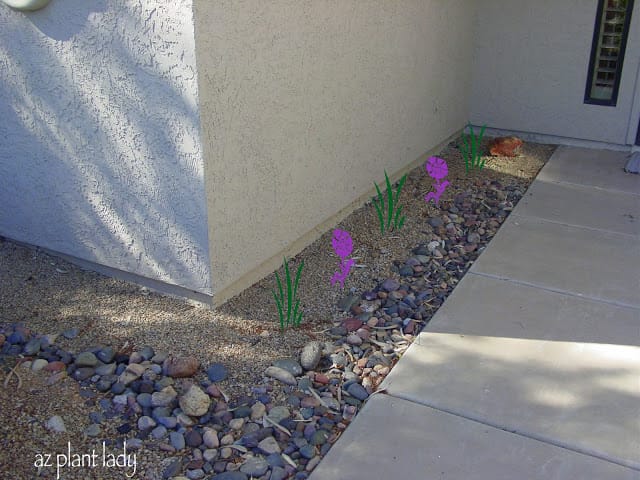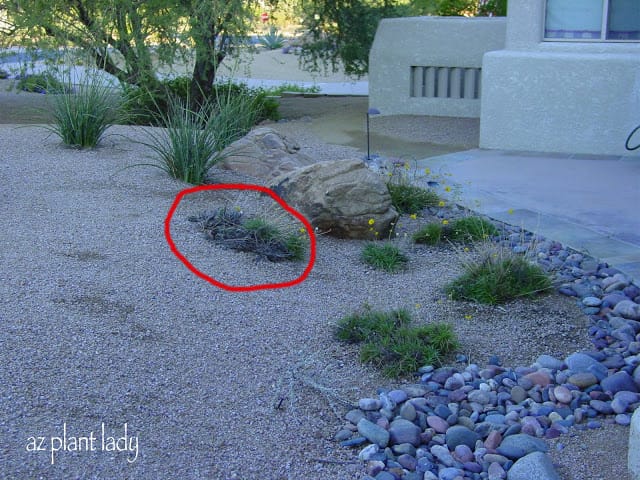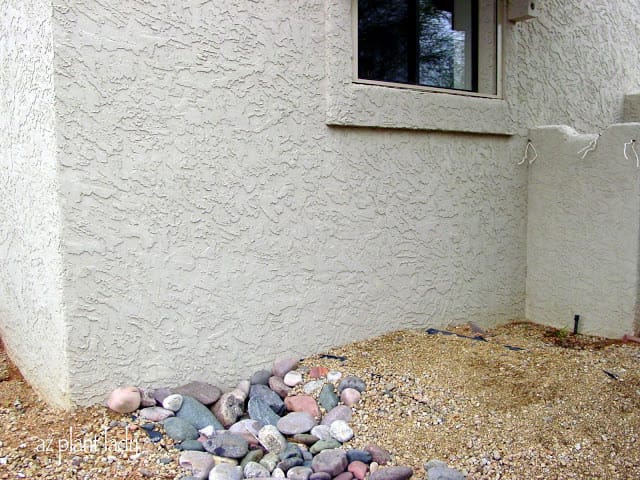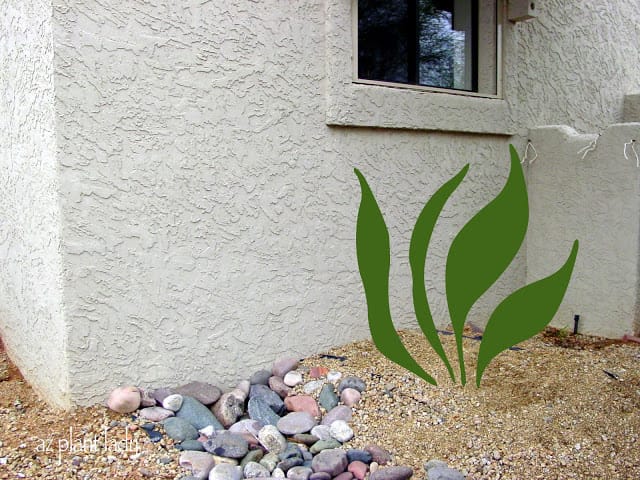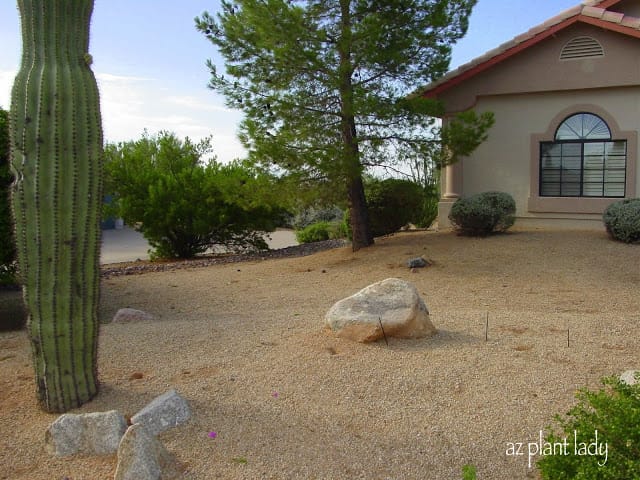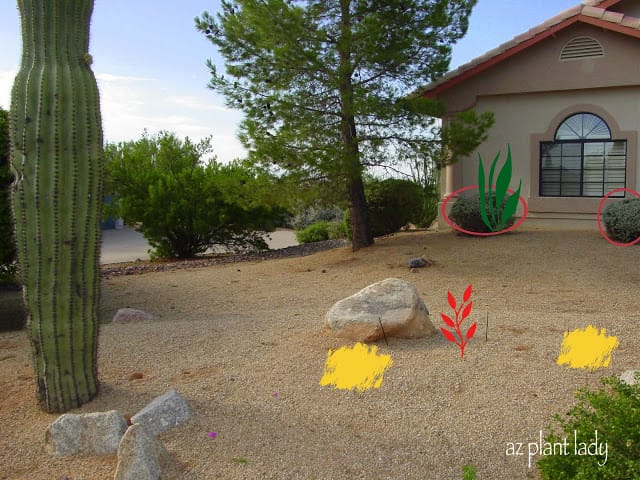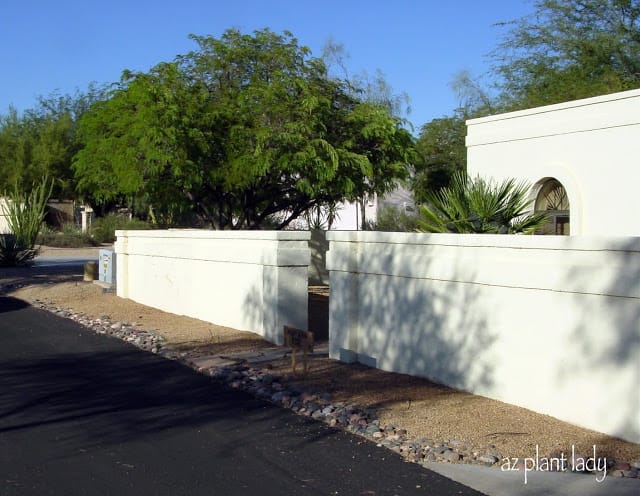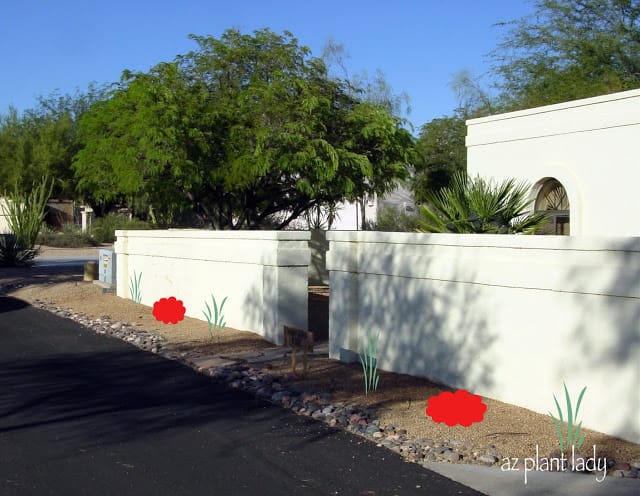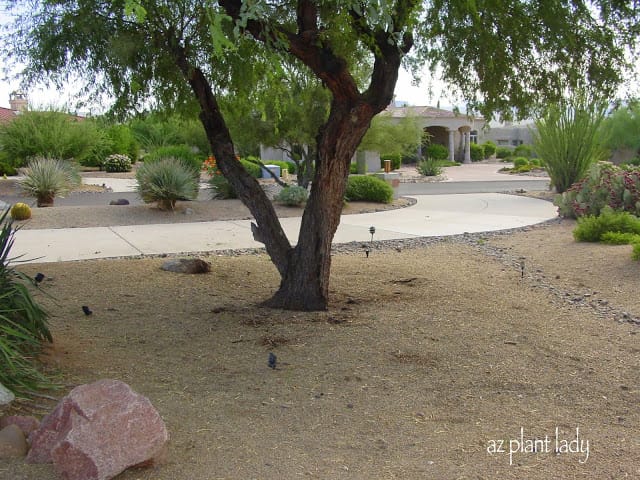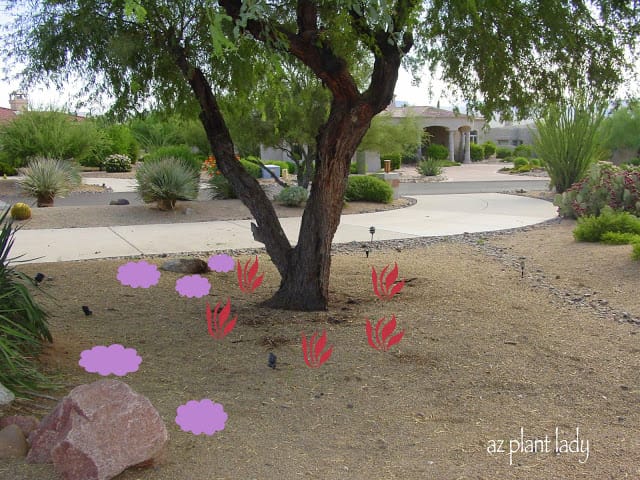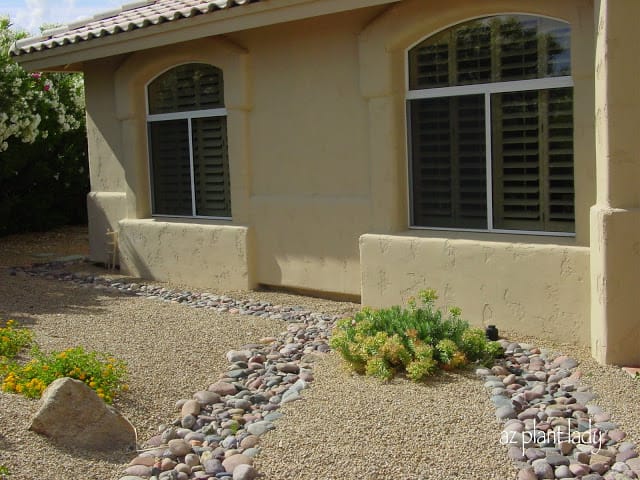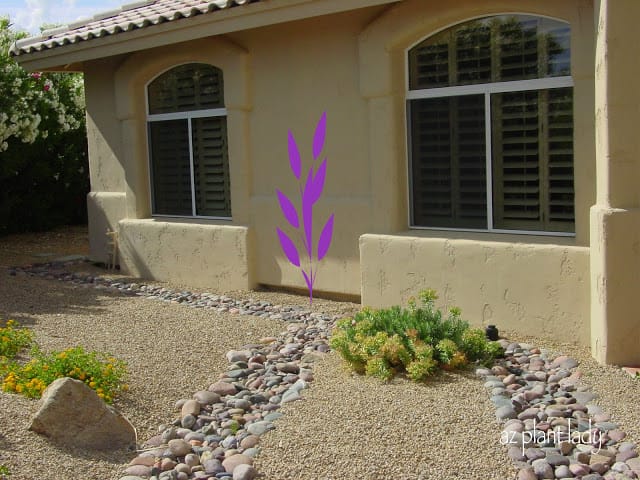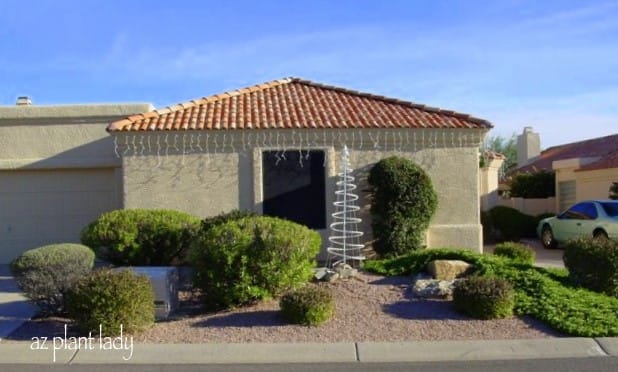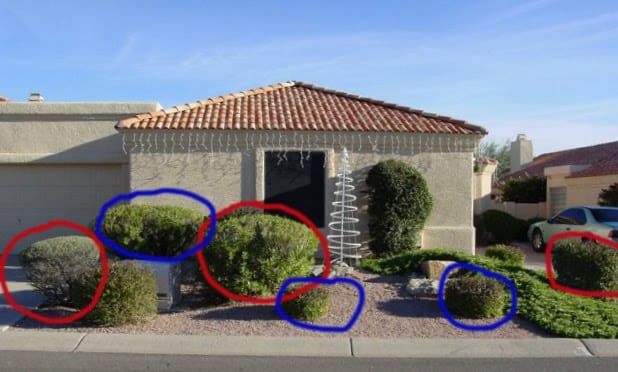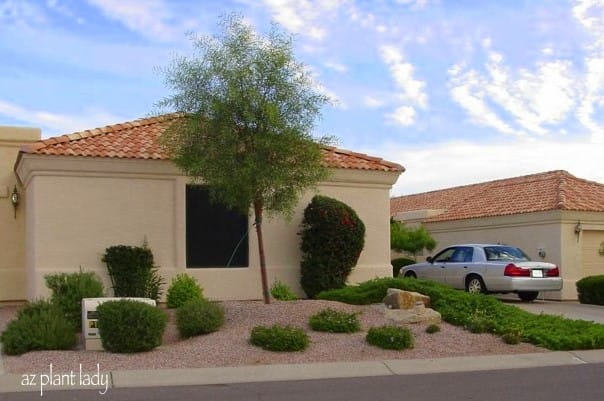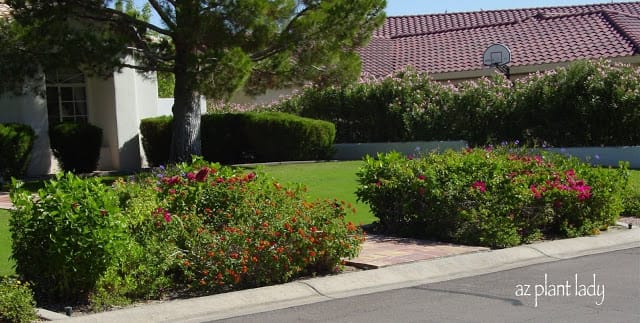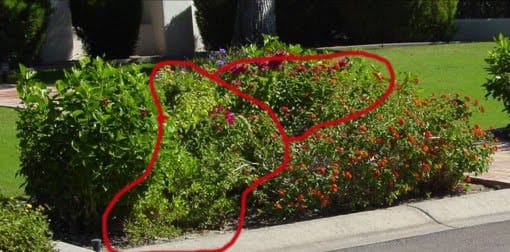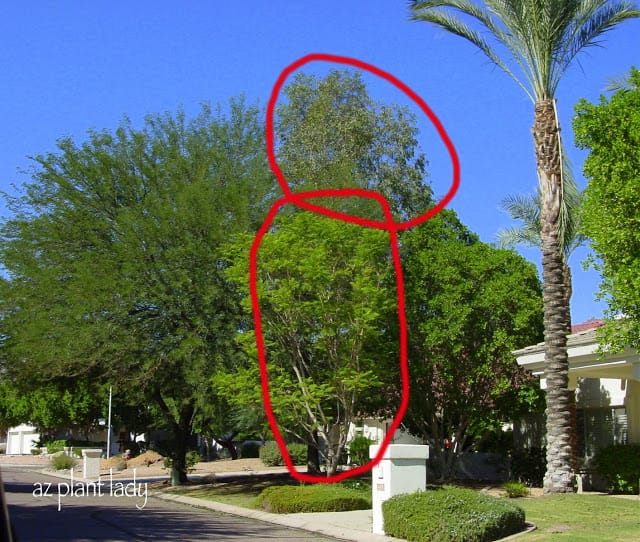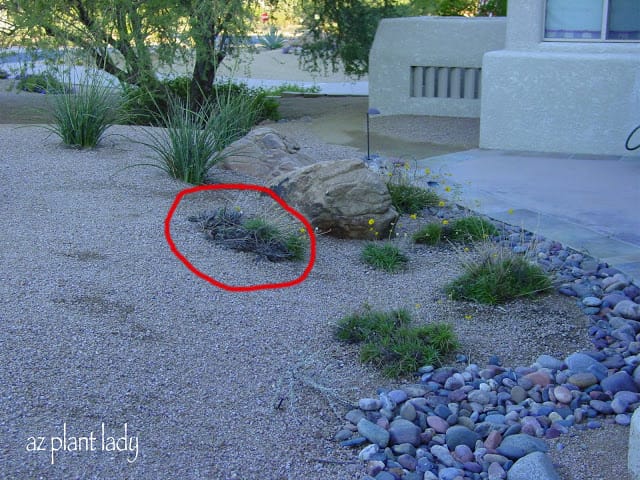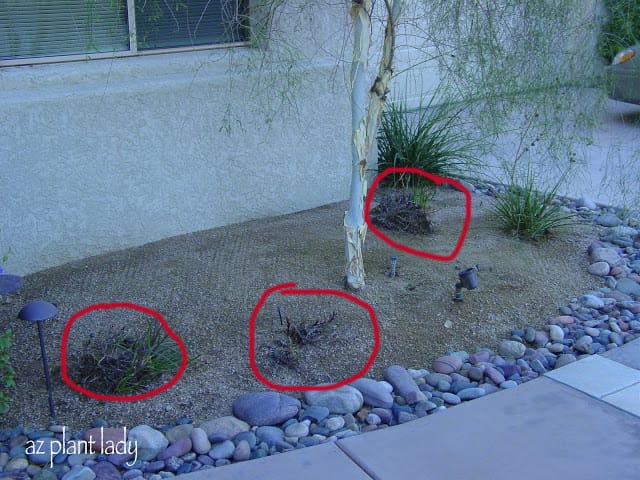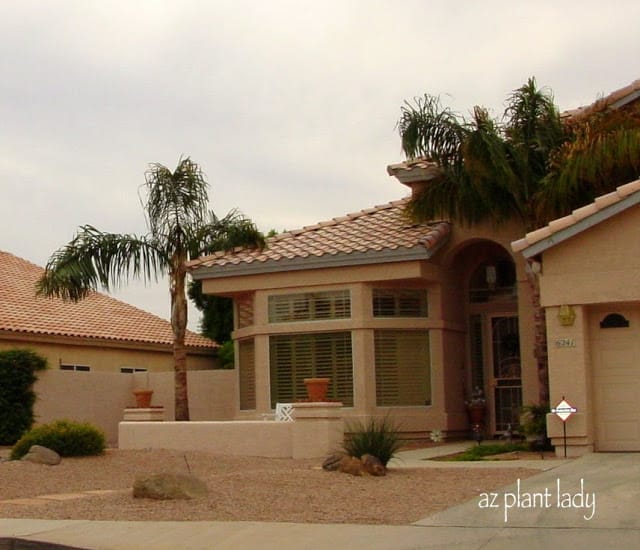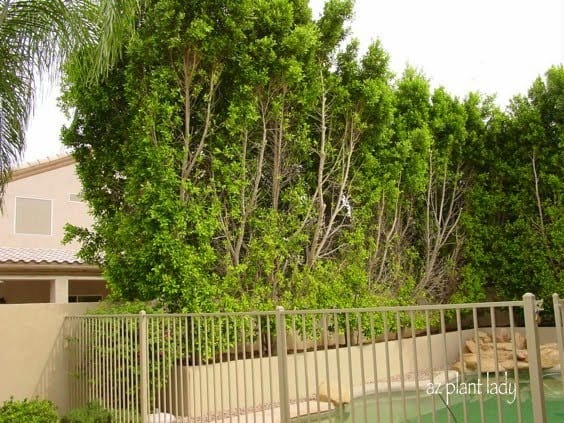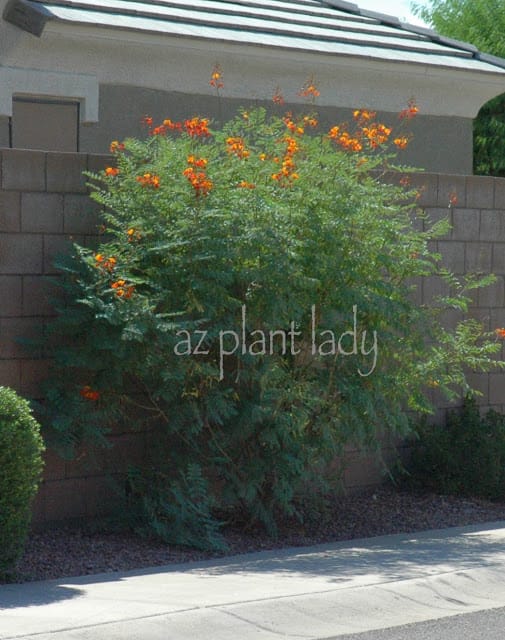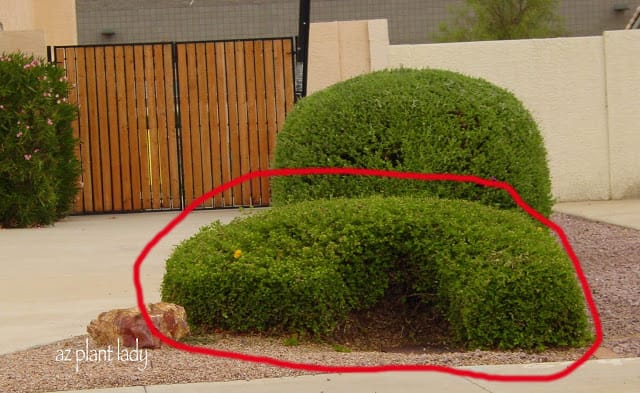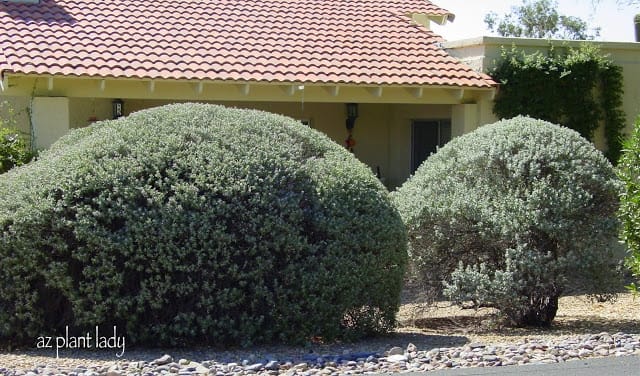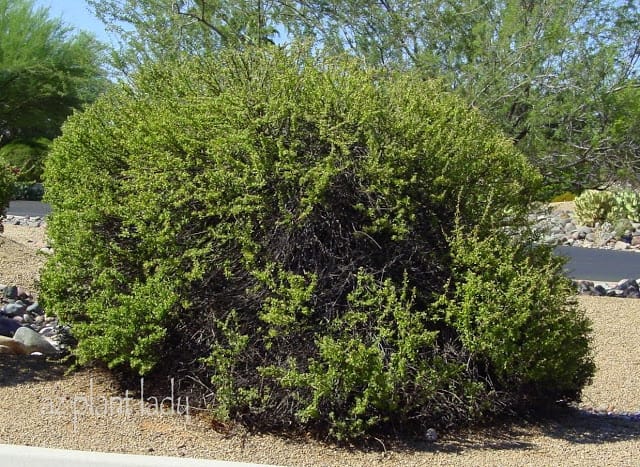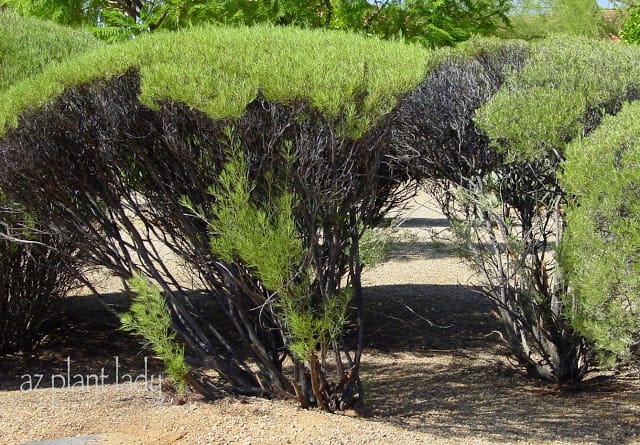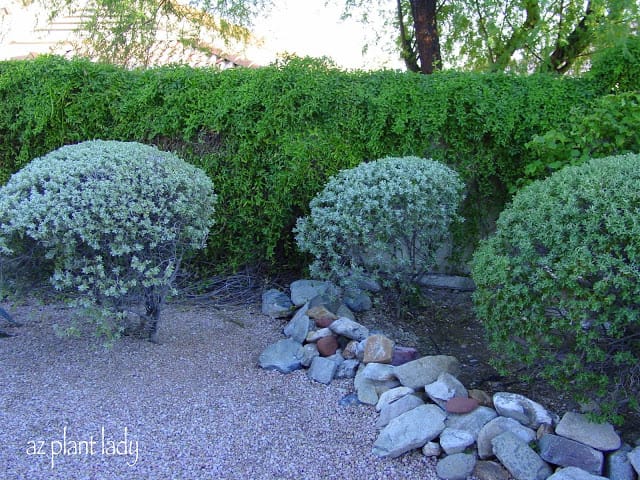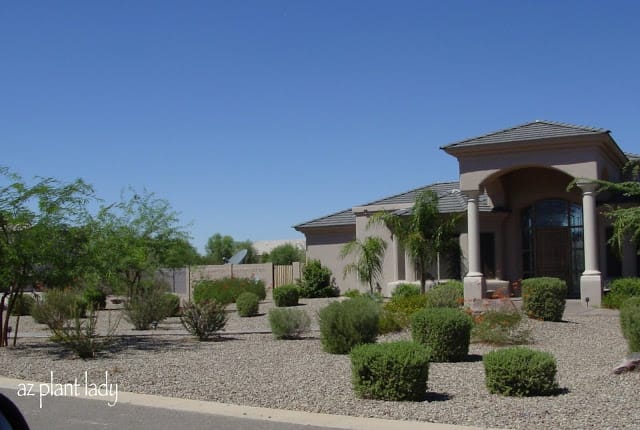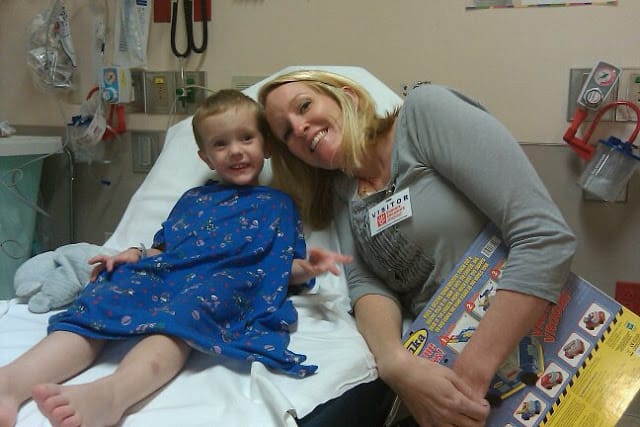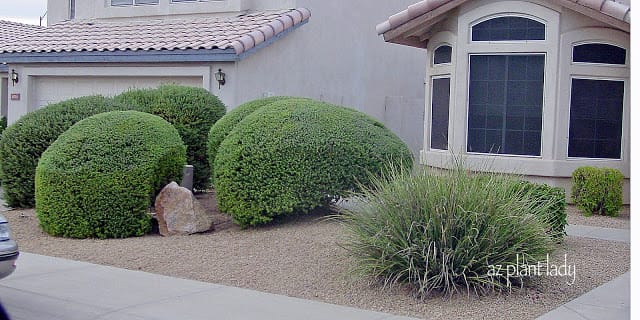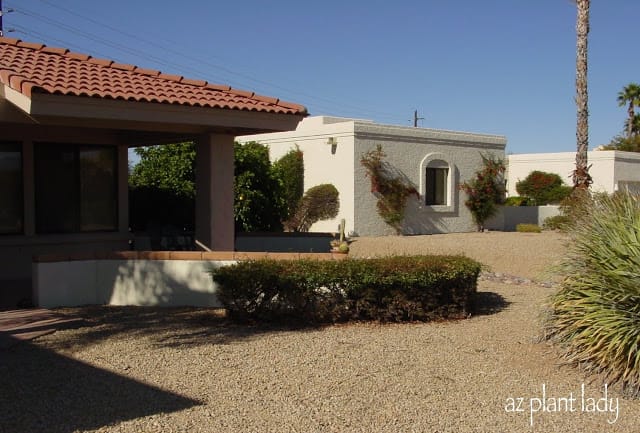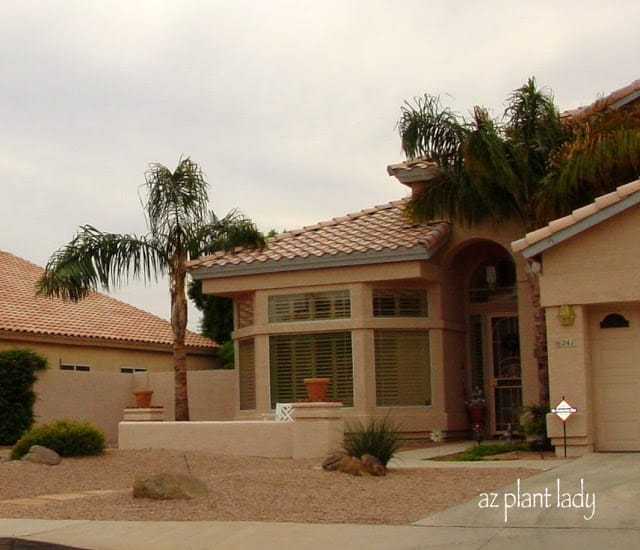I have been looking forward to writing this next installment because I am passionate about garden design. I had planned to post this yesterday, but, as sometimes happens, ‘life’ interrupted.
Yesterday, we received a call from the school principal (never a good thing). In fact, I would love to hear from someone who has ever received a call from their school principal and gotten good news 😉 Okay, back to my story…..our son Kai had hurt his leg on the playground. The school nurse was with him and they were calling the paramedics. We rushed out to the playground at the school and got there when the fire department paramedics did.
For those of you who have followed my blog for a while, you may be familiar with Kai and his many surgeries on his hip, legs and feet. If you like, you can read more about them here. Well, Kai had hurt his shin and was in a lot of pain. After the many surgeries that he has been through, he is a pretty tough kid. The paramedics splinted his leg and offered to call the ambulance. But, my husband said that we could easily take him to the hospital.
The doctors checked him out thoroughly and took x-rays. Thankfully, they could not see any break. The only thing that saved his leg from being broken, was the steel plate that Kai has on his shin bone from a previous surgery. He does have a contusion on his bone and so far, cannot walk. So, Kai is home as we speak, watching one of his favorite Star Wars movies. We are consulting with his orthopedist tomorrow.
You may be wondering how he hurt his leg. Well, when I asked him how he hurt it, he told me that he was chasing girls and ran into the bottom of the curly slide with his leg. So, I do hope he learned his lesson and stops chasing girls 😉
Well, thank you for letting me share our latest ‘life interrupted’ incident. So, now back to our latest installment of “Curing the Garden Blahs”. I am really having fun with this series of posts because it is so easy to make your garden more interesting.
Today, let’s discuss where to place plants. No matter where you live…..in the desert like me or in Alaska like my friend Christine, these are basic design ideas that are applicable to almost every garden.
I like to think of trees and plants as a wonderful way to ‘window dress’ your home and increase interest. For example, are there any homes in your neighborhood where the front garden looks better then the others? It really isn’t hard to achieve this for yourself and you don’t have to spend lots of time on your hands and knees gardening to achieve it.
This bare wall beside the garage sticks out because it is so barren. Many people tend to ignore this part of their house.
Like my ‘virtual’ plant? Seriously, by placing a tall shrub or vine in this area, you immediately dress up your home and create interest. If you add a plant that has unusually colored foliage or pretty flowers, that is even better.
Here is another example of a bare wall next to a window. This is actually the side of a house that is visible to the street. While the Ocotillo is very nice, there is still something missing.
Similar to the side of the garage door, add a tall shrub or vine and then add shrubs underneath the window. **When planting shrubs, I always use shrubs that flower at least for part of the year to increase interest.
Here is a landscape that has lost some plants due to age or neglect and were never replaced. You can see the empty drip irrigation emitter sticking up. This is one of the main reasons for dull and drab landscapes…..homeowners do not replace plants. This may be news to some of you, but plants do not live forever – you do need to replace them from time to time 🙂
By adding two more Red Yucca (Hesperaloe parviflora) to match the existing one and adding three flowering groundcovers around the boulder, you immediately transform this ‘blah’ landscape.
*Boulders are meant to have plants growing next to them. The contrasting texture of the boulder and plants are visually appealing…..so if you have an empty boulder – plant something next to it. Do not plant something that will grow too large and overwhelm the boulder, but rather a groundcover or small succulent, such as a smaller Agave.
Low walls are also a good place to plant as well. The shadows from the plants reflected onto the wall attract the eye. Use plants that will not overgrow the low wall.
One of the most common bare areas that I see is in the entry way. When you visualize your front garden, you want the eye to be attracted towards the front door, which is the focal point of your home. Plants, placed in the right place can guide the eye to the front door.
A little texture from spiky plants and color from flowering plants can do a lot to focus attention on your entry. Plants in containers are also a great way to achieve the same thing.
Now this photo had good things and bad things in it. I do love the design….boulders, flowering perennials and spiky Red Yucca look great together. They are placed by the driveway, which is also a good place to place plants. However, about half of the Angelita Daisies should be replaced.
One word describes this area….boring. This empty corner is created by the low wall hiding the air-conditioning unit. Empty corners just cry out for some help.
A single shrub would fill this area nicely. It is easy to ‘hide’ your air-conditioner, even if it is not concealed behind a low wall. Simply add some shrubs about 3 ft away from the unit itself to help hide it. **This also works great for pool equipment that does not have a wall surrounding it.
Many landscapes started out from a good design, but again, plants were not replaced as they died. Look around your neighborhood and see how many empty drip-emitters you can see.
The two shrubs flanking the window are also old and woody. The window is quite decorative and meant to be a focal point, so I do not recommend planting shrubs beneath it.
Add tall growing shrubs or vines on either side of the window after removing the two old shrubs.
Add two additional Gold Lantana to match the one in the foreground and add a taller accent plant by the boulder.
The interior garden behind this wall is beautiful and lovingly cared for. But you would never know that by looking at the bare front area.
I recommend that the client add spiky accent plants with small, colorful shrubs.
As trees begin to grow larger and shady areas begin to expand, plants that were growing beneath can sometimes fail to thrive in their new shady situation. So, homeowners pull them out and think that they are doomed to have this large bare area beneath their trees.
Many arid-adapted trees such as this Mesquite, produce a filtered shade and many plants thrive in this type of light. Planting around the tree, at least 3 – 4 ft away from the trunk looks wonderful. I also added flowering groundcovers around the boulders for additional color and interest.
Again, these windows are meant to be a focal point and not to have shrubs planted underneath that would grow tall and cover the bottom half.
By placing a tall shrub between the windows, you actually draw attention to the architectural detail of the windows.
SOME ADDITIONAL GUIDELINES FOR PLANT PLACEMENT:
Plant in groups of 3 or 5 or more using odd numbers, which is more pleasing to the eye then when using even numbers.
*I’m not sure why that is, but it is true.
Know what the mature size of the plant will be and allow plenty of room for it to grow to it’s full size.
Try to avoid planting trees in front of windows….try to place the tree to the side of the window so that as it grows, it frames the window and your view. Otherwise, when you look out of your window, all you see is a tree trunk in the center of your vision. The same thing applies when you are looking at your house from the outside….a tree placed in the center of your view to the window, disrupts the architectural line of your house, since windows are meant to be a focal point.
Replace plants when they die.
Concentrate on adding plants in the following areas….
The entry
Each corner next to the driveway
Beside the garage door
Bare walls
Along pathways
Besides boulders
You do not have to have plants growing everywhere in your garden, but by concentrating on a few areas, you will enjoy a beautiful garden that makes your house look even better. Don’t underestimate the power of curb appeal.
Our next subject will cover what types of plants to choose. We will discuss what colors go well together, what are accent plants and why you should include them in your garden, plant size and more.
I hope you will join me 🙂
